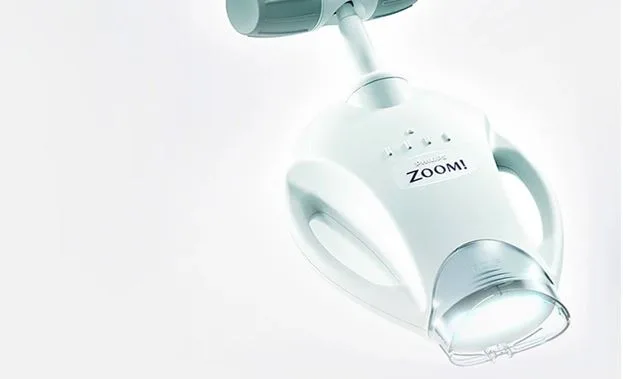The Real Limitation Behind Philips Zoom Whitening Systems — and How Clinics Overcome It
Modern teeth whitening relies on precision, speed, and consistency. Philips Zoom systems have long been associated with reliable results and patient satisfaction. Yet, many clinics have discovered a recurring obstacle that affects workflow, costs, and overall efficiency — the internal limitations programmed into the system’s chip.
These restrictions may seem minor, but they create a chain reaction that affects scheduling, profitability, and even patient trust. The issue has become a growing topic of discussion among professionals seeking to understand and address the limitation zoom discus surrounding whitening technology.
What’s Hidden Inside the Philips Zoom Chip
Every original Zoom handpiece or lamp is controlled by a small electronic chip that tracks the number of whitening sessions performed. After a certain count, the lamp displays a “Replace Guide” or similar message — and then locks until the chip is replaced or reset.
The chip is not measuring performance quality or equipment health. It simply enforces a cycle limit. The result is predictable but costly:
- Treatment interruptions if the chip reaches its limit mid-day
- Dependence on maintaining stock of replacement chips
- Additional operating costs for each set of procedures
While the system design ensures consistent revenue for the manufacturer, it puts a financial strain on clinics, especially high-volume whitening centers.
Operational Consequences for Clinics
For small and mid-sized practices, these limits translate into lost productivity. Each time the lamp stops, the clinic either replaces the chip or delays treatment.
This process affects:
- Profit margins, as consumable costs accumulate
- Patient flow, due to forced downtime
- Clinic reputation, when equipment interruptions are visible to clients
The limitation doesn’t reflect clinical need — it reflects an artificial barrier.
The Bleach-Infiniter Approach
Bleach-Infiniter developed a practical solution to this issue: advanced replacement chips and upgraded handpieces that remove usage restrictions entirely.
By installing a Bleach-Infiniter chip, clinics regain full control over their whitening systems, eliminating cycle counters and unnecessary consumable costs.
This change allows equipment to function according to its true physical durability, not a preset digital threshold.
Benefits of Removing the Limit
- Continuous operation throughout the day
- Predictable maintenance and budgeting
- Up to 90% savings on replacement parts
- Improved patient experience without technical delays
- Extended lifespan of the Zoom system
Clinics adopting these upgrades report faster ROI, smoother scheduling, and greater reliability — critical factors in a competitive cosmetic market.
Economic and Practical Comparison
| Factor | Philips Original Chip | Bleach-Infiniter Chip |
| Session Limit | Fixed, typically 4–5 | Unlimited |
| Workflow | Frequently interrupted | Continuous |
| Maintenance Cost | High, recurring | One-time |
| Profit Margin | Erodes with volume | Grows with usage |
| Lamp Lifespan | Artificially shortened | Fully utilized |
Final Reflection
Technology should empower clinics, not restrict them. Philips Zoom remains a powerful whitening platform, but its embedded chip limitations turn an efficient system into a managed expense model. By addressing these barriers directly, practices can return to what matters most — providing consistent, confident results to patients.
The industry-wide limitation zoom discus has sparked innovation and self-reliance among clinics. Bleach-Infiniter stands at the forefront of that movement, helping professionals unlock the full potential of their whitening equipment.




